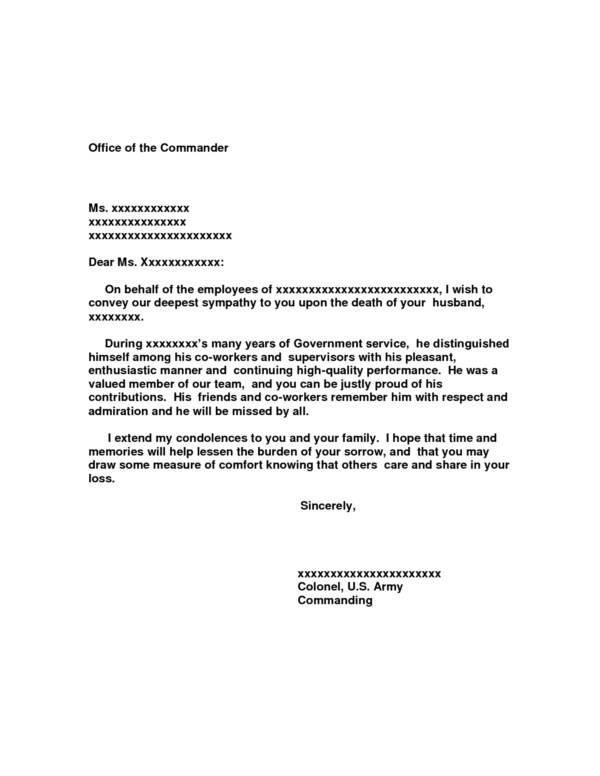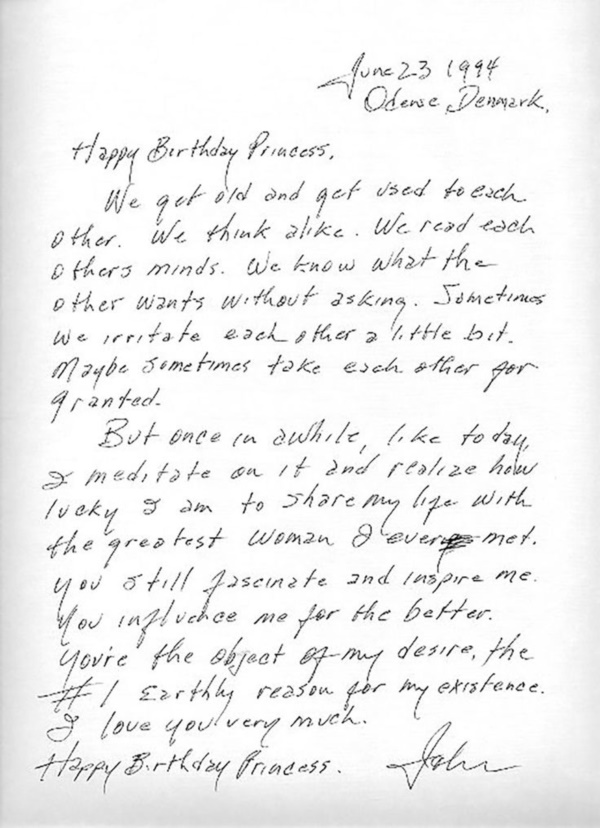Writing a sympathy letter can be an intimidating task – we search for appropriate, genuine and heartfelt words, hoping what we say will be soothing to hear while worrying we may say the wrong thing. While sending a letter can’t take away the pain of losing a loved one, it can help a grieving person feel supported and loved. One of the hardest things about what to write in a sympathy letter is figuring out the proper use of appropriate words. The most essential thing is to apprehend the gravity of the moment with your words. The recipient will feel admired and will be happy that you are able to understand what they are going through! It is a difficult task what to write in a sympathy letter – and to help, we have compiled a few pieces of advice to follow.
Simple Condolences
The very first thing which we need to keep in mind about what to write in a sympathy letter is keeping the content simple, short and succinct. Sometimes while expressing our feeling we take too many words to explain but it may not reflect fully about what we want to say actually. So we need to keep it short. Here are few instances of how you can keep things straight.
- “You’re in our prayers and thoughts as you go through this time of grief.”
- “Deepest sympathy as you mourn Paul.”
It might be the case that you know the deceased but you are totally unaware of the family, you need to state your connection in the card e.g. We worked together.
Highly of the deceased
For the bereaved it would be a great solace when someone speaks highly(fun-loving, one-of-a-kind, admirable) of the deceased. We must ignore messages which reflects that the deceased was not well-known to us. Genuine admiration for the deceased is always commendable and let the bereaved know about it.For college students here are some inspirational quotes.
- “She was an amazing person who lived a remarkable life.”
- “I share in your sadness as you mourn your dear sister. She was unlike anyone else, a true original.”
- “I celebrate the life of Dan and mourning them with you in this trying time.”
Share the sadness
Letting the bereaved know that are able to empathize about their grief is somewhat comforting as they know they are not alone. This might seem counterintuitive, but it works. This is the most crucial point about what to write in a sympathy letter.
- “I’m deeply saddened by the loss of your daughter. She’ll be forever in our hearts.”
- “I’m missing John along with you. With heartfelt condolences.”
Comforting the bereaved
Wishing the bereaved peace, comfort, hope can be very uplifting. You can send a comforting message as part of a longer one.
- “Our hearts go out to you and your family.”
- “I’m with you in thought and I wish you comfort and peace as you remember Paul.”
Sharing faith
We should share faith and shouldn’t be afraid to do that. We can also wish the recipient God’s comfort and peace during the difficult time.
- “Peter is now home in the everlasting arm of his savior”
- “May the Good Lord be with you in this time of sorrow.”
Show of support
Show of support in the context of what to write in a sympathy letter is always praiseworthyespecially if we offer support such as arrangements, housework etc. Also we need to keep our promise.
- “Though I cannot take the pain away I want you to know that in me you have a shoulder and an ear.”
- “I’m thinking about you. You can always reach out if you need any help.”
Share quotes
Sometimes quotes plays the trick. It can be comforting and sometimes conveys special meanings.
- “What we have once enjoyed, we can never lose. All that we love deeply becomes part of us.”
Follow up message
The first condolence message shouldn’t be the last one. We should definitely send messages to the bereaved party as it might be handy in getting rid of loneliness associated with losing loved ones.
- “The pain doesn’t fade when the cards stop streaming in. I’m still here for you.”
- “I just thought I’d let you know that I’m remembering Paul on his anniversary and sending caring thoughts your way.”
Sympathy closings
Even if you cannot start that well, make sure the closing is full of warmth
- With sympathy
- With heartfelt sympathy
Well, we all can empathize and show our sympathy! It may not reduce the pain and grief of the person but trust me, it will surely make them feel better. Try it on yourself!

















